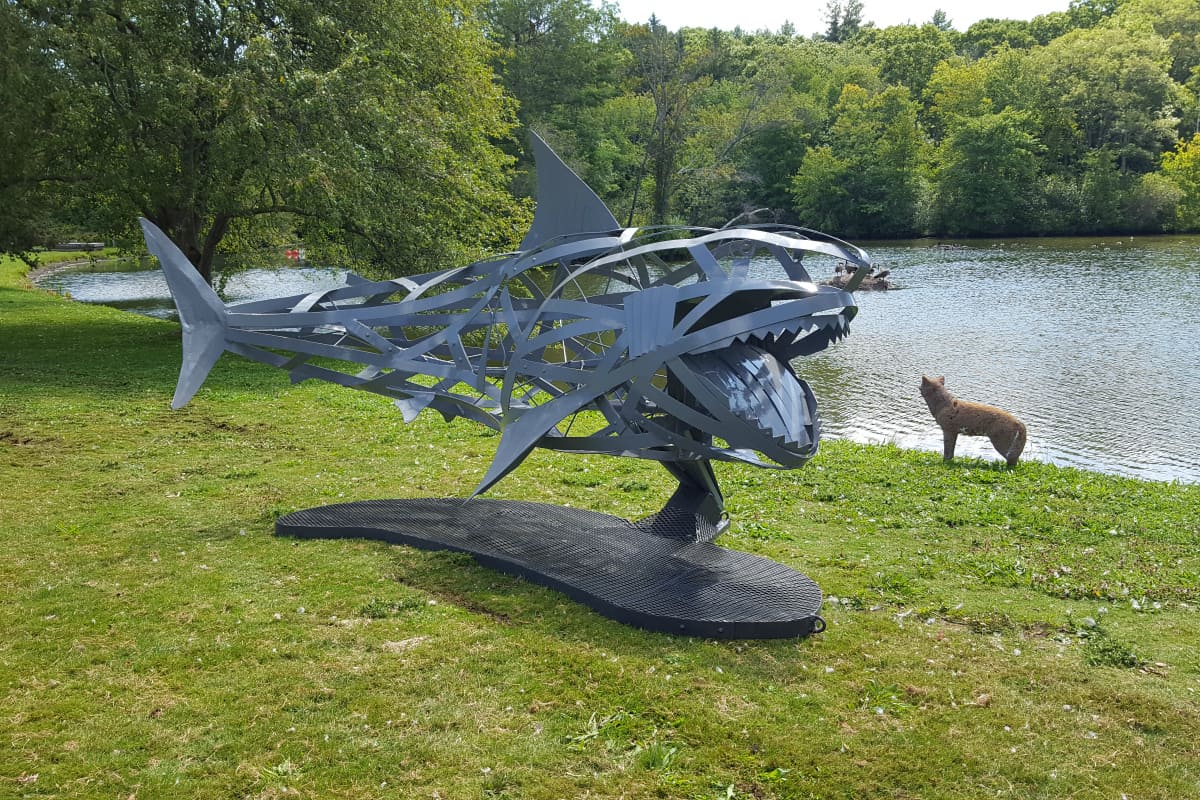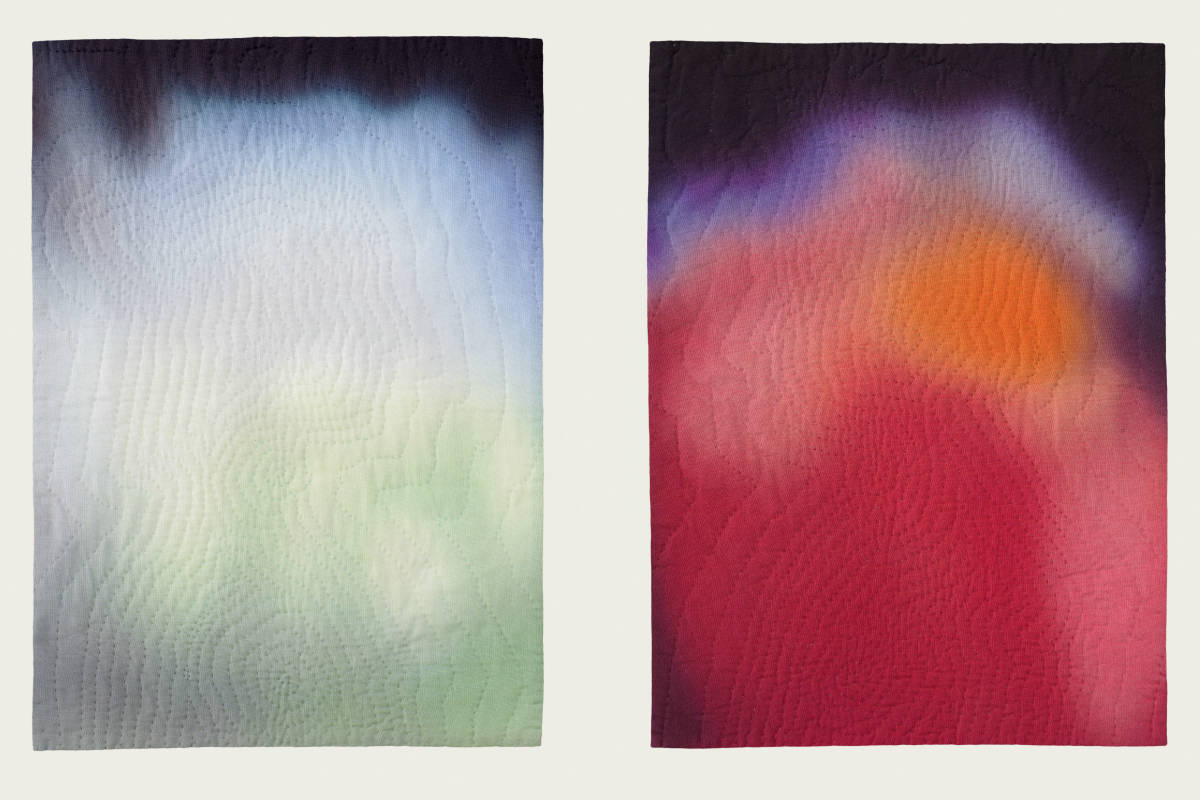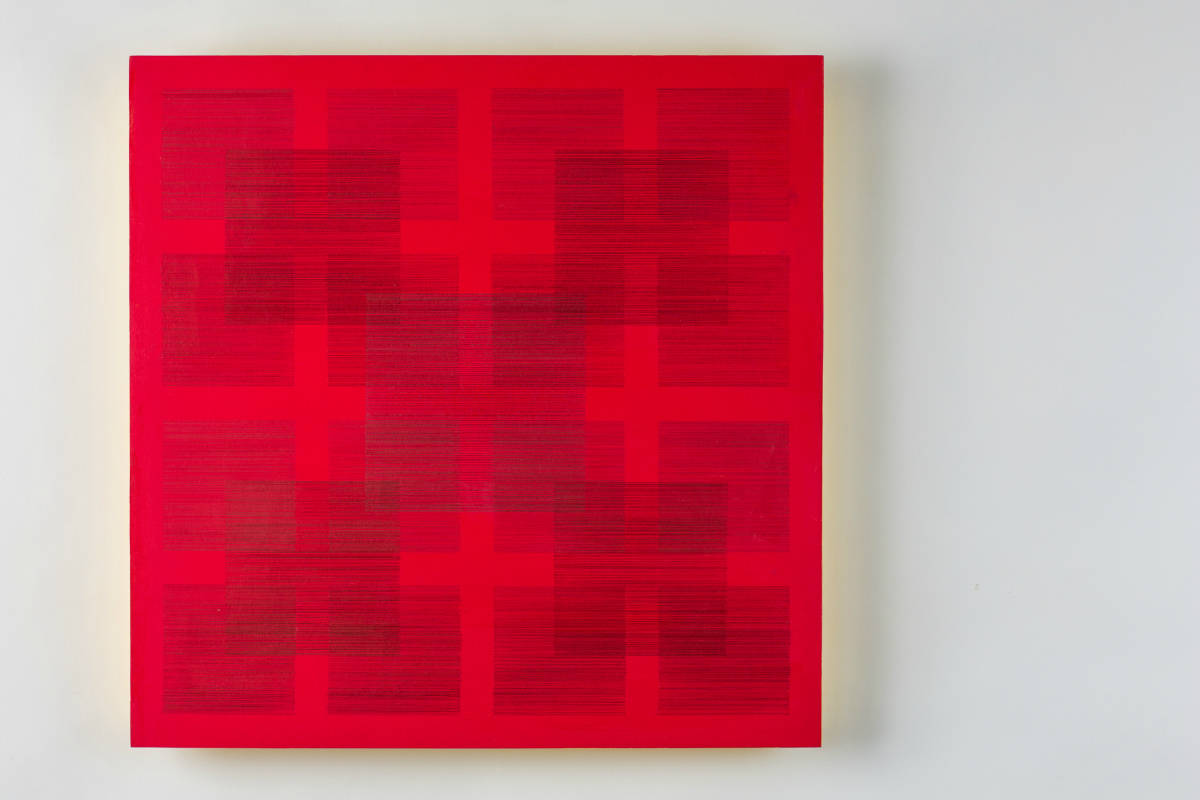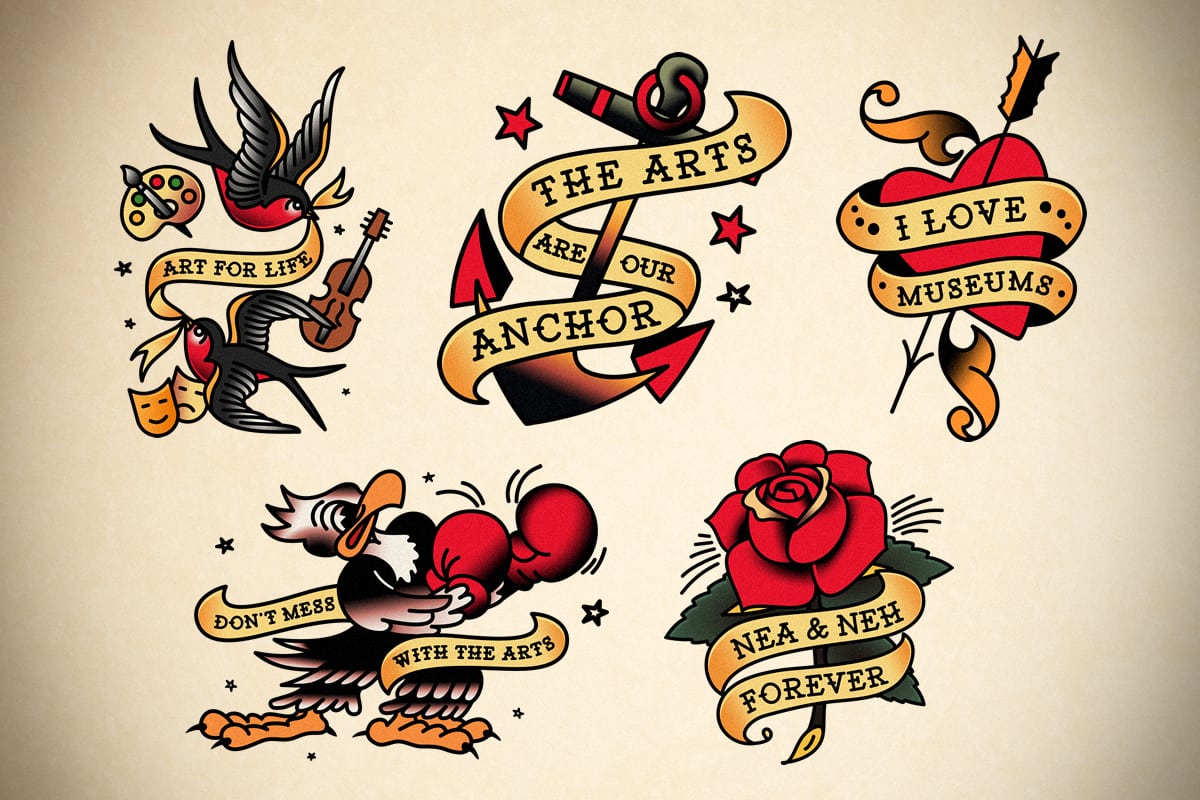Jamaica Plain sculptor Morris Norvin shares his knowledge through his community school, Stonybrook Fine Arts.
The trajectory that set Morris Norvin on the path to becoming a professional sculptor and arts educator began when he was 8 years old and a student at the Museum of Fine Arts in Boston. He continued his learning at age 12 by taking sculptural figure classes with the legendary Ralph Rosenthal, also at the MFA.
Today Norvin is a well known artist in the Jamaica Plain neighborhood of Boston where he presides over the teaching studio, Stonybrook Fine Arts. He also instructs a number of sculpture courses—continuing Rosenthal’s legacy of instilling artistic inspiration and creativity—at MFA.
While Norvin is passionate about the artistic education of others, he is a fine artist in his own right. Working with a range of materials, many of them recycled and found, he creates pieces that might whisper to us not necessarily about politics or sociological notions, but ideas that help set our minds at ease.
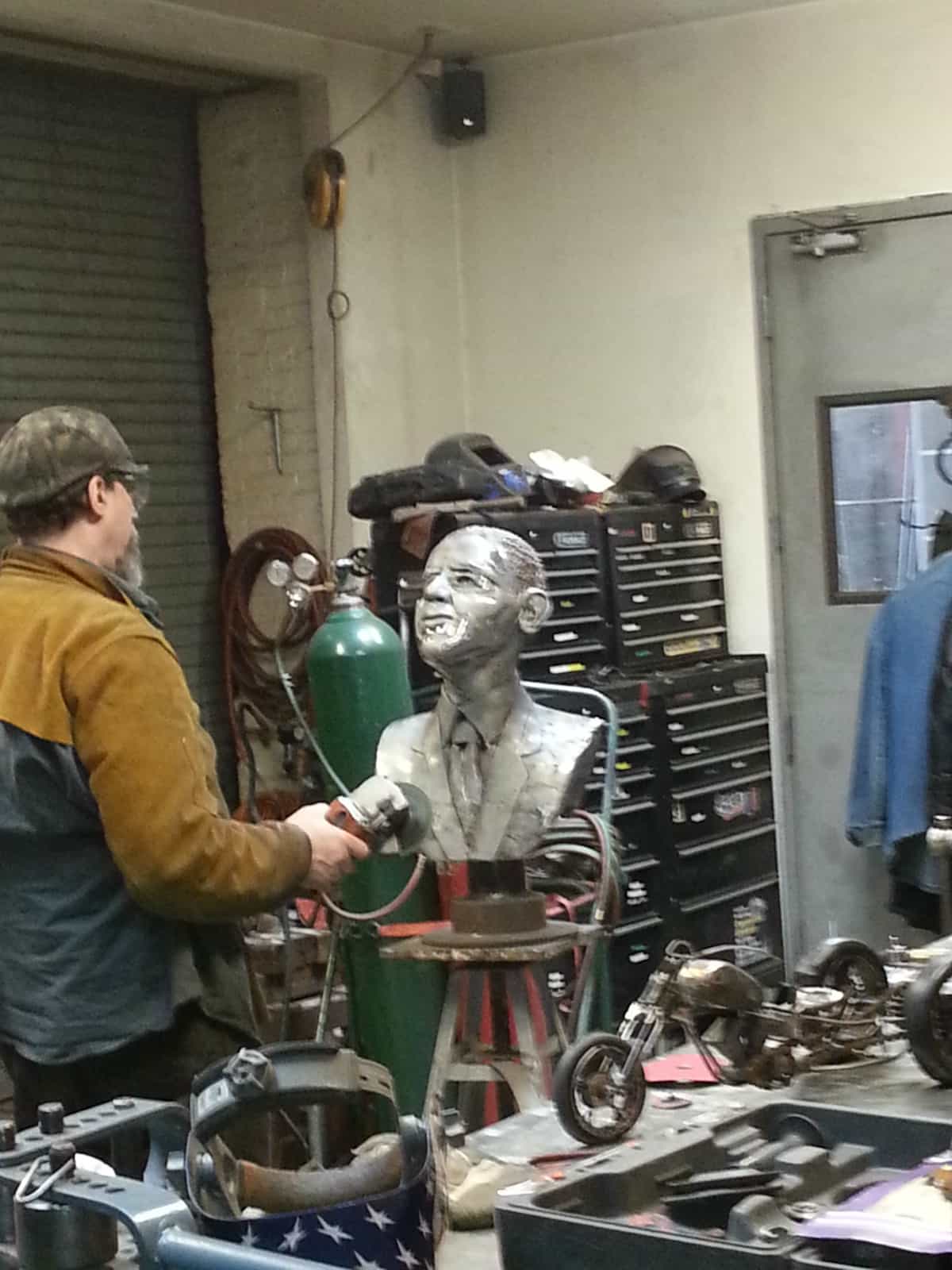
Norvin working on “A Test of Mettle,”, made entirely of horse shoes from the Boston Park Rangers and strapping from Sam Adams beer casks. Photo courtesy of the artist.
Focusing on sculptural animals and people, Norvin hopes that his work might serve as a therapy for its viewers. If his art does nod to the political climate, it is done so in a subtle manner. One such example is The Discarded, which features two brilliantly shining polar bears created with scrap metal from the Sam Adams Brewery. But he also makes magical figures created simply for the sake of beauty and enjoyment, everything from dogs at play and horses at full gallop to unicorns, dinosaurs, and pegasus.
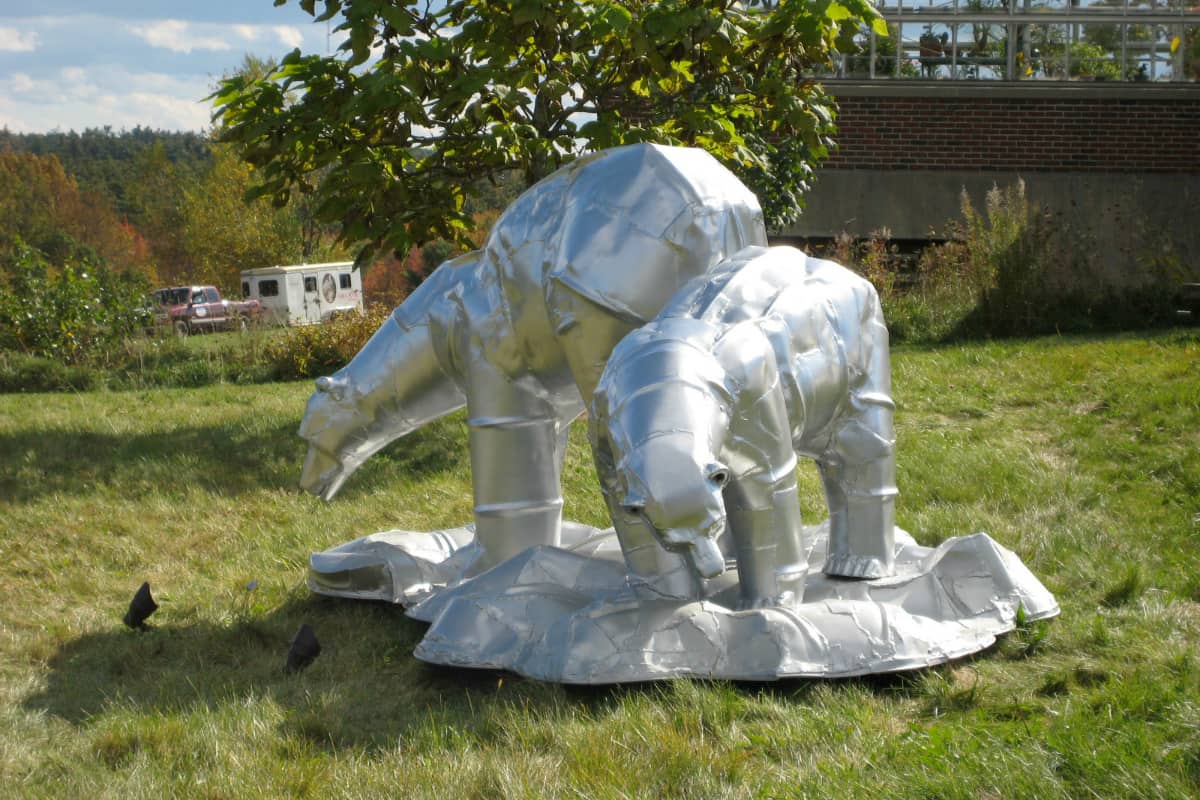
“The Discarded,” Photo courtesy of the artist.
Beautiful as they may be, Norvin considers himself more focused on process. Collecting and assembling objects of metal, wood, paper, wax, clay, and glass, he searches for these items knowing that each piece will one day become part of a bigger creation. He uses gears and springs for body parts, a discarded chain for a dog’s spine, and works to constantly refine and tailor his craft.
Many artists work alone within the confines of their studio, but this sculptor finds that it is community that inspires him. He is a Boston native and explains he has “always been drawn to its mix of people and cultures, as well as its welcoming attitude to art and artists.”
It was with this in mind that he opened the doors to Stonybrook Fine Arts in 2007, a school and creative space offering courses and workshops for teens and adults in welding, bronze casting, jewelry, small metal casting, mold making, live figure sculpting, and stone carving. Stonybrook also provides a scholarship program, Community for Art and Sculptural Training or CAST, for youth at risk.
“Anyone can make art,” Norvin says. “So many people believe, and tell me, that they couldn’t draw if their life depended on it, but making things is not necessarily a creative process. It’s a genetic one. It’s something we all have within us. You might not create something like Michelangelo, but you can certainly create something of worth. And you will only get better with practice.”
Norvin’s work is widely collected and is shown at a variety of pubic shows and venues in New England. On September 23rd – 24th, from 11:00am to 6:00pm, he will be participating in the Jamaica Plain Open Studios event, which works to support the arts through events, exhibitions, and professional development.

